3D-Printed Heart Helps Train Surgeons
A prosthetic human heart which is “as close as you can get” to the real organ has been made using a new 3D printing technique, Nottingham university said.
The heart’s creator, Richard Arm, said the silicone gel model mimics not only the texture of a real heart, but its inner workings and structure.
This could be of “real benefit” to trainee surgeons, a Nottingham University Hospitals surgeon said. The study has attracted interest from the Ministry of Defence and a number of hospitals.
Unlike previous efforts to 3D print prosthetic organs, Mr Arm’s model is made by printing different blends of silicone gels rather than dry powders.
CT scans of real hearts established the density of all the different parts of the organ. Using that data, the 3D printer produced for the first time a model, “as close as you can get without creating artificial muscle fibres”, he said.
Training for heart surgery often relies on basic plastic models.
“This study shows how it’s possible to replicate the human heart, inside and out, and make it so realistic that it could literally be operated on by trainee surgeons,” said Mr Arm.
“Students would be able to make incisions to experience how it would feel and see what the inside of the heart looks like.”
The study even looked at plans to pump artificial blood through the prosthetic organ, “to enhance the realism of a mock operation”.
It has received interest from the Ministry of Defence’s Royal Centre for Defence Medicine and the Queen’s Medical Centre, the university said.
Professor Michael Vloeberghs, a surgeon at Nottingham University Hospital who helped develop the model, said: “This could be a real benefit to the way in which we educate students, by providing them with more realistic experiences before they go into a live theatre.”
Source: engineering.com


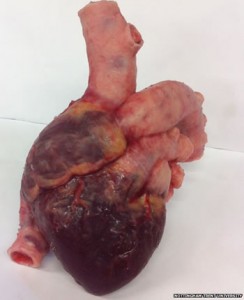
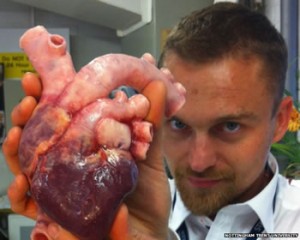
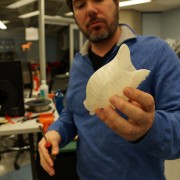
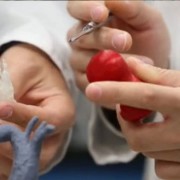
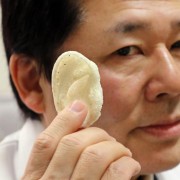
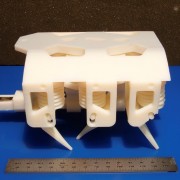

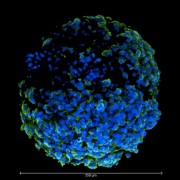
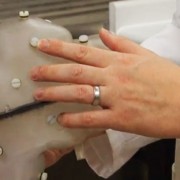
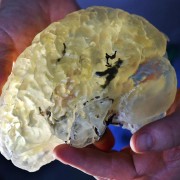



Leave a Reply
Want to join the discussion?Feel free to contribute!